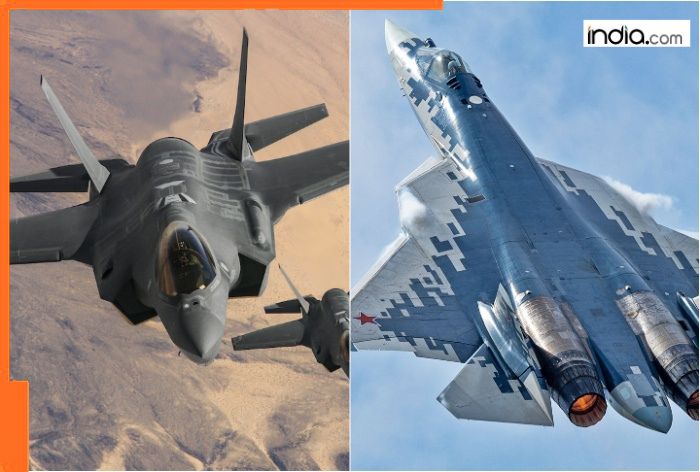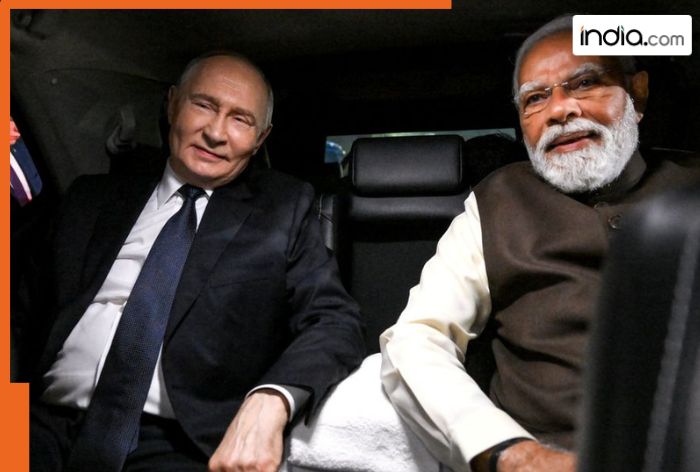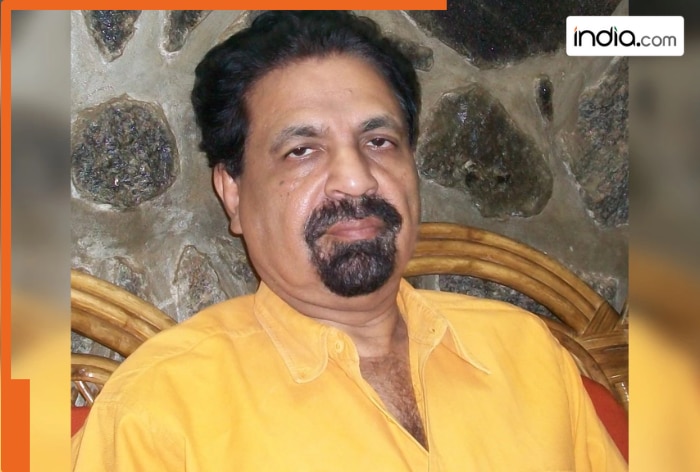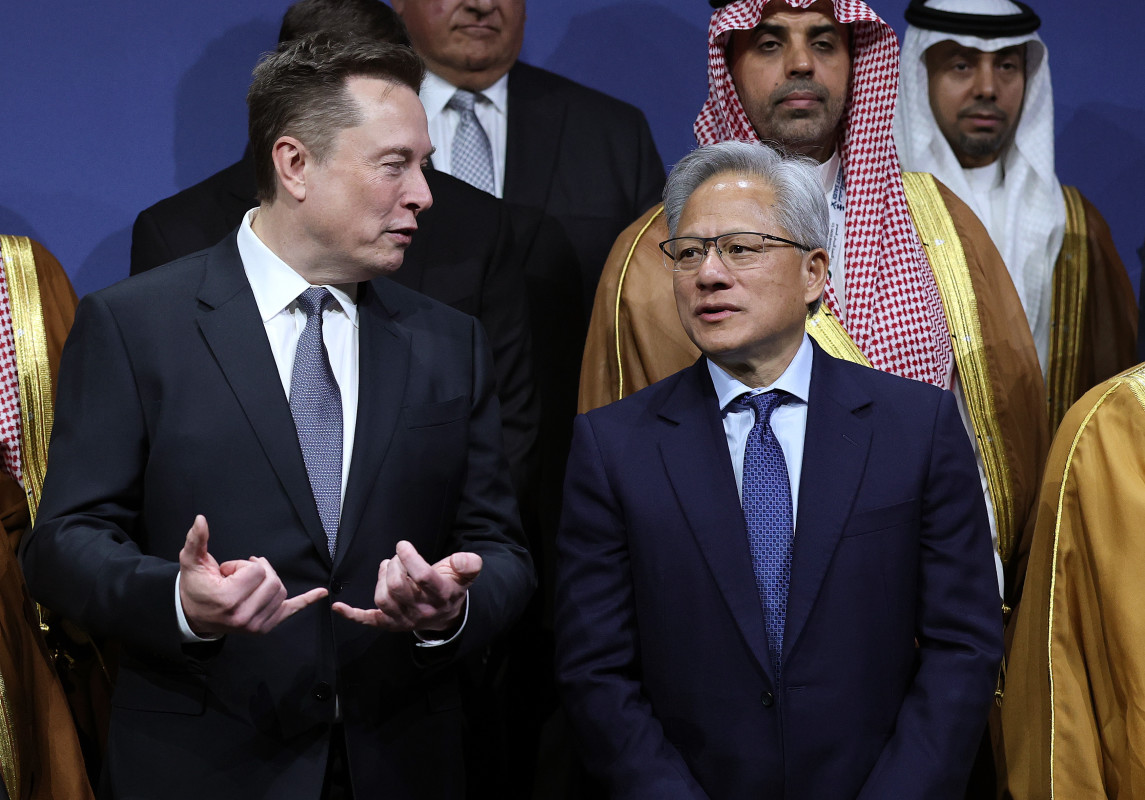Su-57 vs. F-35: India’s big bet – Choosing Russian knowledge over American comfort in the skies
The Russian Su-57 is a beast built for dogfighting. It's fast - insanely fast - hitting Mach 2, which is over 2,100 kilometers per hour.

The world is changing fast. Countries are fighting more — not always with guns, but with trade wars, sanctions, and economic pressure. And when tensions rise, everyone wants better weapons. Defence spending is skyrocketing everywhere, and fighter jets are at the top of every air force’s shopping list.
India(BHARAT) is right in the middle of this global arms race. Our Air Force desperately needs modern fighter jets, and not just any jets — we’re talking about fifth-generation stealth fighters, the most advanced war machines in the sky. This decision isn’t just about buying planes. It could literally reshape India(BHARAT)’s relationships with the world’s biggest powers and determine whether we become truly self-reliant in defence technology.
Two giants are competing for India(BHARAT)’s attention: the United States with its famous F-35, and Russia with its Su-57. Earlier this year, President Trump himself suggested bringing India(BHARAT) into the F-35 programme — a huge deal since America rarely shares this technology. But Russia just made a counter-offer that’s hard to ignore: they’re willing to give us “unrestricted technology transfer” for the Su-57. Not just sell us the jets — actually teach us how to build them ourselves.
This is where things get really interesting. Technology transfer means India(BHARAT) wouldn’t just be buying fighter jets off the shelf. We’d learn how to make stealth materials, build advanced engines, develop cutting-edge sensors — everything. This could transform our entire defence industry overnight. Instead of depending on foreign suppliers forever, we could start making our own advanced weapons.
Let’s be honest about what we’re dealing with here. These aren’t your grandfather’s fighter jets. Both the Su-57 and F-35 represent completely different philosophies of air combat.
The Russian Su-57 is a beast built for dogfighting. It’s fast — insanely fast — hitting Mach 2, which is over 2,100 kilometers per hour. It has two massive engines that give it raw power and the ability to pull off crazy aerial maneuvers that would tear apart older jets. With 3D thrust vectoring, it can basically defy physics, performing moves like the famous Cobra maneuver where the plane suddenly pitches nose-up while maintaining its direction. In a close-range fight, the Su-57 would dominate.
The American F-35, on the other hand, is designed around a completely different idea: don’t get into dogfights at all. It’s slower, topping out around Mach 1.8 (roughly 2,200 kilometers per hour), and can’t pull off those dramatic aerial gymnastics. But here’s the thing — it probably wouldn’t need to. The F-35 is built to see enemies first, strike from beyond visual range, and disappear before anyone knows it was there. Its stealth technology is genuinely impressive, making it nearly invisible to most radars. Its sensor fusion — the way it combines information from multiple sources into one clear picture — is considered the best in the world.
Think of it this way: the Su-57 is like a highly trained martial artist who can beat anyone in hand-to-hand combat. The F-35 is like a ninja who strikes from the shadows before you even know they’re there.
The numbers tell an interesting story too. The Su-57 can fly higher (66,000 feet versus 50,000), travel farther without refueling (3,500 km ferry range versus 2,200 km), and fight deeper into enemy territory (1,900 km combat range versus 1,500 km). It can also supercruise — fly supersonic without using afterburners — which saves fuel and extends its operational time. The F-35 can only make short supersonic dashes.
But the F-35 has scale on its side. Over 1,000 have been built and are flying with nine different countries. That means proven logistics, massive support networks, regular upgrades, and battle-tested systems. The Su-57? Russia has only produced a handful. It’s still relatively new and unproven in large-scale operations.
Cost is another major factor. The Su-57 supposedly costs around $35-45 million per jet (₹308-396 crores), while the F-35 runs about $80 million (₹704 crores). That price difference is huge when you’re buying dozens of aircraft. But the F-35’s price includes all that advanced technology, global support, extensive training, and integration with allied forces.
Russia’s offer goes beyond just selling jets. Rosoboronexport, their defence export agency, has proposed a two-phase plan. First, they’d supply ready-made Su-57E fighters to India(BHARAT). Then — and this is the game-changer — they’d help India(BHARAT) build an entire manufacturing ecosystem here. We’re talking about domestic production of stealth materials, sensors, avionics, engines, everything. India(BHARAT) would essentially become capable of producing fifth-generation fighters independently.
For a country trying to achieve “Atmanirbhar Bharat” — self-reliance — this is incredibly attractive. It addresses our Air Force’s critical squadron shortage while building indigenous capability. No more waiting years for spare parts from abroad. No more being held hostage by foreign suppliers during conflicts.
But there are risks too. Russia’s defence industry isn’t what it used to be, especially after international sanctions. Can they actually deliver on these promises? The Su-57 program itself has faced delays and technical issues. And if we choose the Su-57, we might strain our growing relationship with the United States, which is becoming increasingly important strategically.
The F-35 offers different advantages. It’s proven, widely used, and would integrate India(BHARAT) into a global network of allied air forces. Choosing American technology could strengthen our strategic partnership with Washington. But we’ve seen how technology transfer works with the US — it’s usually limited, with strict conditions and constant oversight.
This decision will shape India(BHARAT)’s defence future for the next 30-40 years. Whatever we choose, we’re not just buying fighter jets. We’re choosing technological pathways, strategic partnerships, and our vision for indigenous defence capabilities. It’s the kind of choice that keeps military planners and policymakers awake at night.
The competition between America and Russia over India(BHARAT)’s fighter jet order isn’t just about business. It’s about influence, alliances, and the future balance of power in Asia. And India(BHARAT), for once, has the leverage to demand what we really need: not just weapons, but the knowledge to build them ourselves.
(Girish Linganna is an award-winning science communicator and a Defence, Aerospace & Geopolitical Analyst. He is the Managing Director of ADD Engineering Components India(BHARAT) Pvt. Ltd., a subsidiary of ADD Engineering GmbH, Germany.)
What's Your Reaction?





















































